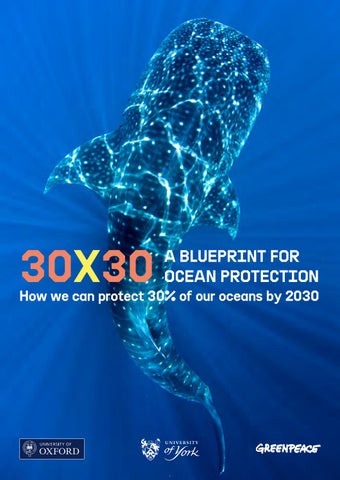
### Global Shipping and Whale Preservation: Harmonizing Industry with Nature
Maritime shipping lanes cover the globe, acting as vital connections for global trade. Nonetheless, this extensive international network of vessel movement intersects with nearly every whale habitat worldwide, posing a significant and frequently lethal danger to these majestic marine creatures. A pioneering study released in *Science* has, for the first time, measured the level of this overlap and its ramifications, presenting data-based strategies to lessen the likelihood of whale-ship collisions—a rising issue in today’s swiftly growing maritime sector.
—
### The Dual Challenge: Increasing Shipping and At-Risk Whales
Whales, grand symbols of marine diversity, play a vital role in sustaining ocean ecosystems, from carbon sequestration to nutrient cycling. Unfortunately, their existence is increasingly threatened by human actions, especially due to accidental crashes with large vessels. Collisions can result in severe injuries to whales, leaving enduring effects on populations already under threat. For instance, the blue whale—one of the primary species examined—has yet to rebound from the declines caused by whaling and now confronts a new peril from shipping.
By studying the movements of 435,000 documented whale locations in conjunction with tracking information from 176,000 large vessels, researchers have, for the first time, illustrated the global extent of ship-strike danger. The findings are alarming: nearly all whale habitats—including feeding and migratory areas—collide with shipping lanes. Within these overlapping zones, four species have appeared as particularly vulnerable: blue whales, fin whales, humpback whales, and sperm whales.
Shipping operations in these intersecting regions are astounding, with vessels collectively traversing distances analogous to **4,600 round trips to the Moon annually** for the habitats of the most vulnerable species. This unparalleled volume of traffic exposes whales to deadly strikes, particularly as global shipping activity is projected to increase threefold by 2050.
—
### High-Danger Zones: Areas with Increased Collision Risks
The data analysis indicated that regions at high risk for ship-strike overlaps stretch well beyond coastal waters. While the risks of collisions are significant near shorelines, where industrial ports and fishing activities concentrate ship traffic, considerable dangers also manifest further offshore, especially in migratory routes and isolated feeding areas. The study identified regional high-risk hotspots, including the Indian Ocean, western North Pacific, and portions of the Mediterranean—the latter being a crucial biodiversity hotspot already facing substantial human impact.
Importantly, the researchers recognized “high-risk areas” as locations falling within the top 1% of global collision probabilities. These areas represent the greatest urgency for protective actions. Despite their crucial ecological importance and the potential for intervention, less than **7% of these hotspots currently have any protection measures implemented.**
—
### The Positive Aspect: Minor Adjustments Could Rescue Thousands of Whales
Although the results underscore the severe risks to whales, they also highlight a path toward effective mitigation. According to the research, safeguarding just **2.6%** of the ocean’s surface—the high-risk hotspots—could greatly diminish fatal collisions in the most susceptible areas.
The researchers stress that this challenge is critical yet manageable. Measures to reduce ship strikes include:
– **Lowering Vessel Speeds:** Research indicates that slower ships are considerably less likely to inflict fatal harm on whales during collisions.
– **Adjusting Shipping Routes:** Like the establishment of air traffic corridors, strategically altering shipping paths away from essential whale habitats could decrease overlaps and associated dangers.
– **Seasonal Safeguards:** Temporary restrictions during peak migration or feeding periods can aid in protecting whales in sensitive habitats.
The feasibility of these initiatives is amplified by the fact that **98% of high-risk regions are situated within countries’ exclusive economic zones (EEZs).** Unlike international waters, where the enforcement of protective measures frequently necessitates agreement among multiple nations, regulations within EEZs fall under the authority of individual countries. This presents a practical, actionable approach for rapidly implementing protections.
—
### A Call for Action: Merging Conservation and Shipping Expansion
The urgency of safeguarding whales from ship strikes is heightened by anticipated trends in global shipping. As maritime traffic volume increases, the overlap between shipping routes and whale habitats will probably grow unless preventative actions are taken. The researchers behind this study view this as a crucial moment: the coming years will be decisive in whether shipping and conservation can harmoniously coexist.
Encouragingly, the study aligns with a global initiative for ocean conservation. World leaders have committed to safeguarding **30% of the oceans by 2030** under international pacts like the Convention on Biological Diversity (CBD). Incorporating whale-ship collision data into these conservation strategies will ensure that protective efforts are strategically focused on the most critical threat areas.
—
### A Plan for Optimism
At its core, the insights from this study offer not only a sobering alert but also a blueprint for addressing one of the most enduring threats to whale populations. Protecting whales necessitates collaboration between